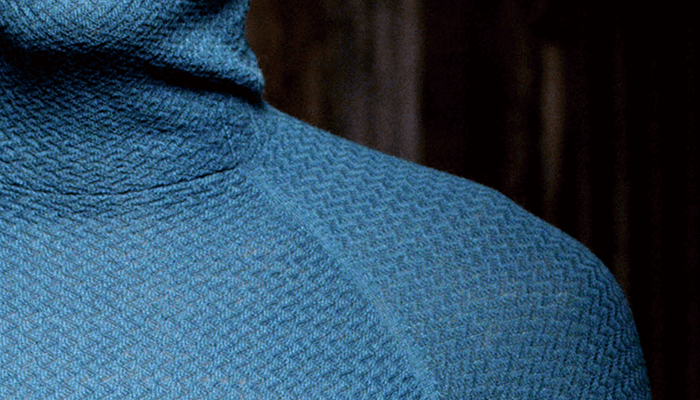
We've seen what changed Patagonia's latest base layer [Full Remodel]
table of contents
The materials and construction have been remodeled! A wider range of users
Patagonia's base layers include two lineups: Caprien, a synthetic fiber with a proven track record that has been supported by many fans, and Merino wool (or more precisely, a blend with Caprien, etc.). With its affordable prices, a wide range of products, its ease of use, and environmentally friendly sense of security, I am also a loyal user of Capreen 2. So, with the complete renewal of these, I decided to pick up and see what had changed.
In addition, due to schedule reasons, we were unable to obtain the product in Japan, so we decided to report on purchasing and trying on the product in the United States. I bought this at Patagonia @ Chicago.
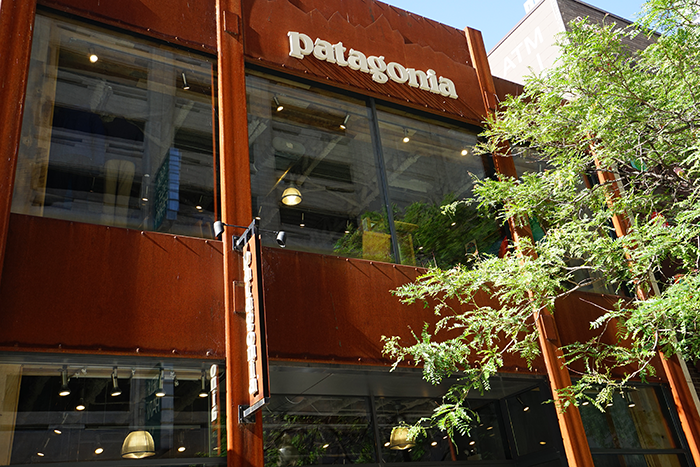
The branding is as reliable as it would expect from both Japan and the United States, with an organic atmosphere and a friendly store clerk.
The new items seem to be very popular here too, with the M and S sizes almost sold out. However, fortunately, I still had a small size for Japanese people, so I managed to get a new one.
As you can see in the photo, the new base layer is innovative in terms of the packaging design. Furthermore, we have thoroughly taken into consideration recycling using 100% recycled paperboard that does not use glue or adhesives. It still feels like Patagonia. What I wanted to try this time was that it is the base layer of Capreen, which is mainly perfect for the upcoming midsummer, so I checked out the above three products. The new Merino polo is simply an impulse buy. By the way, I even tried on the new Merino wool material, Merino Air, but I decided it would be useful after autumn. I will review the usage at a later date.
Try-on report: What's changed?
Introducing the latest unique Merino wool material "Merino Air" (trip-on report)
Patagonia's new merino wool material, Merino Air, is most notably its unique texture and shape that draws attention. Just like before, this is a blend of high-quality merino wool and caprine materials in the Patagonia region, but the secret lies in the process beyond. This new product , and has improved heat retention per ounce compared to conventional models, but the combined combined seamless lace-free lace- up with uneven surface unevenness and uneven surface unevenness, creating a lightweight, warm, breathable, and convenient to carry Merino base layer .
I tried it on in the store right away. First of all, it expands and contracts more than I thought! Thanks to this, it fits perfectly on your skin and gives it an excellent fit when worn, and it's light so it doesn't feel too tight (but as expected, it might be a bit over-spec in the middle of summer unless it's a very high altitude). Depending on the heat retention compared to other 100% wool competitors, I feel that it will be a very functional and easy to use winter base layer. Personally, I feel that hoodie types will be especially useful in the winter outdoors in general...
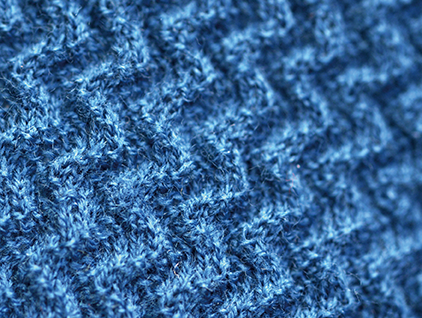
The unevenness on the surface creates dead air and increases heat retention. The zigzag structure creates air passages and increases breathability.
The lineup has changed
From here on, we have a common story about Capreen and Merino. Until now, Patagonia's base layers have been developed in models where the numbers increase in order of thinner material, such as Caprene 1-4, but this time they have been unified into four patterns: Daily, Lightweight, Midweight, and Thermal Weight Daily is literally intended to be used as everyday streetwear, and from then on, it is intended to be used as a base layer for outdoor activities, depending on the season and purpose.
What's a little confusing here is that the four new patterns do not slide honestly into the previous 1-4. The Capreen 2, which I used to use in particular, is particularly difficult. Normally, Caprein 2 would be "lightweight" in order, but according to the shop, 2 would be more like "midweight." However, considering the specifications and actual comfort, the Midweight fabric is thicker (close to 3) than the old Caprein 2, while the Lightweight fabric is much thinner (close to 1) than the old Caprein 2. In other words, there is no line that matches the Caprein 2 perfectly, and for this reason, I feel that old Caprein 2 users will be happier if they choose from zero based rather than seeking the same one as the 2, taking into account this subtle difference . Simply put, if you focus on early spring or late autumn, then midweight, if you focus on summer comfort, then lightweight.
The fit has changed
As officially stated, the patterning has been changed from the old model. The silhouette has been slimmer since the previous "regular fit" has been changed to "slim fit". For reference, I've compared the two Caprene 2 zip necks, both old and new. It's a subtle difference, but looking in the photos, it is clear that the new model has a slimmer look around the armpits and sleeves. Personally, I like the excellent fit and silhouette.
Sizes have changed
Until now, Patagonia's base layer was "Asia Fit," and was available in a similar size to Japanese clothing, but from now on, it has become the same worldwide. When I tried on, it seemed like the sizes were different for each item, so anyone considering purchasing should be careful. For reference, for me (176cm tall), the S size for the slim fit (light, mid-thermal) mid-weight zip neck is just right, while the lightweight long sleeve type can be worn with either S or XS (I chose the XS because I wanted to wear the lightweight one perfectly), and the regular fit type (daily type) is just right . This is what it is like for me, but there are definitely individual differences, so it would be wise to try on clothes in the store before making a decision.
The feel of the skin has changed
Not only has Merino wool, which has released a new material, but Caprien also has some subtle changes in feel and comfort. (based on Caprein 2) has a smooth surface made from Polartec Power Grid material and a soft lining that is brushed for excellent moisture absorption and heat retention, providing excellent comfort. On the other hand, Lightweight has finer fibers and a supple feel on the skin .
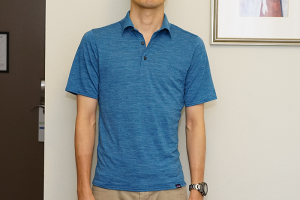
Because it's merino wool, it's light and comfortable to wear. It is blended with Capreen, making it extremely quick-drying.
This was unexpected, but I was very pleased with the daily polo shirt, both comfortable and easy to wear . It's light and cool, and is super comfortable even in heat exceeding 30°C, so I don't notice any odors, so I wear it almost every day (wash and dry) on my trip to the US. The material is also very good to wear in the mountains, so this is the hidden recommended clothing for this time.
Added detailed features
Details are illustrated on the official page , but handy loops and old-fashioned logos (woven tags) have been revived.
- Thumb loop
- Hanging loop
- Tape treated neckline
- Patagonia weave tag at the hem
- Flat waistband
summary
I've written about my feelings in a fluent way, but I'm very satisfied with the new model, basically all of the lines in this new model, both functional and design . The new model, which combines a wide lineup that can be used for any season or purpose, with the "comfortable" design and comfort, is not a hit, and it seems to have suddenly emerged as the favorite base layer. Furthermore, not only have they evolved into technical wear, but they also have expanded their range of everyday wear, making them something that can be recommended to more people.
However, due to the major renewal, there are few parts that have been inherited from the previous model, and it is undeniable that this has become difficult to understand, so when purchasing, it may be better to use the above points to consider and choose carefully.
Details of the specs and lineup (official website)


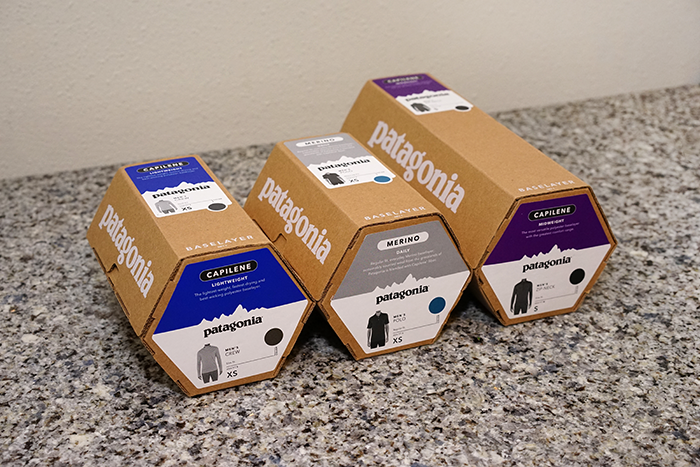
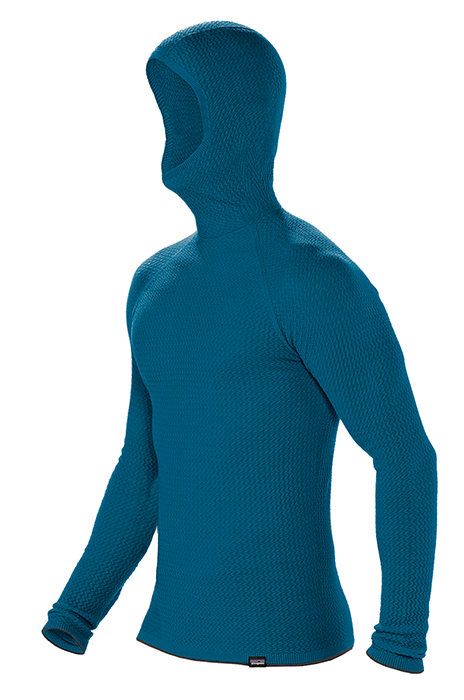
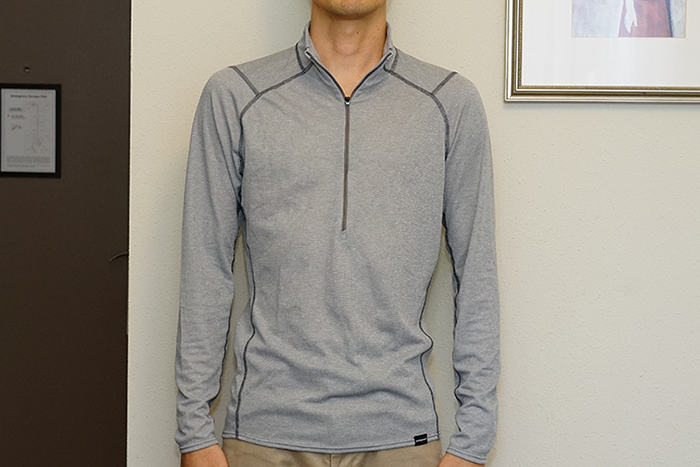

 [Fall/Winter 2025] Recommended base layers for this season and purpose, selected after comparing over 200 items, and how to choose the perfect one for you
[Fall/Winter 2025] Recommended base layers for this season and purpose, selected after comparing over 200 items, and how to choose the perfect one for you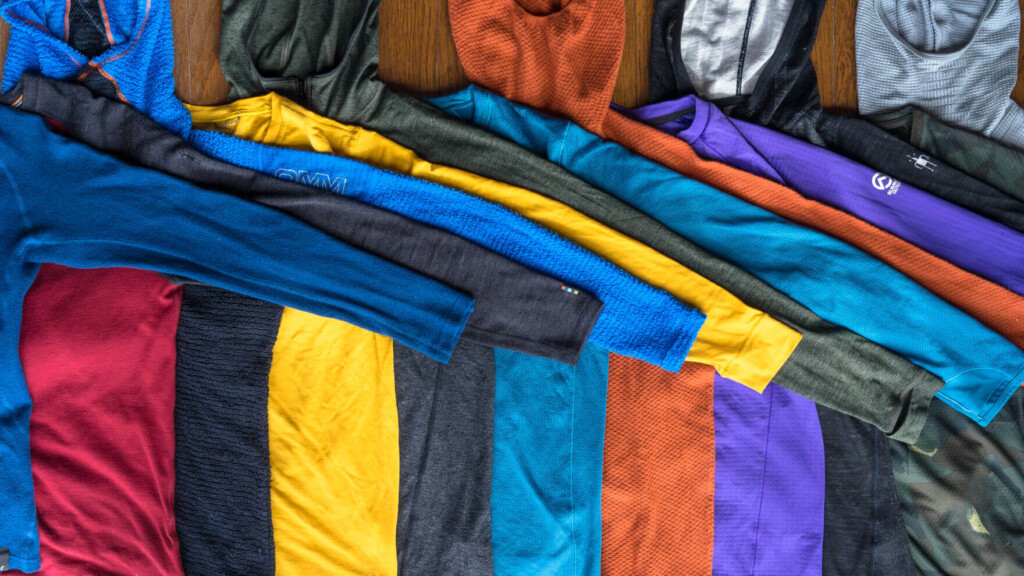 [A self-paying review without consideration] A selection of 40 or more base layers, and by actual comparison of the best buys by scene and purpose.
[A self-paying review without consideration] A selection of 40 or more base layers, and by actual comparison of the best buys by scene and purpose. Comparison review: Comparing the base layers that are perfect for winter trail running [RUN+TRAIL collaboration project]
Comparison review: Comparing the base layers that are perfect for winter trail running [RUN+TRAIL collaboration project]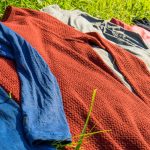 Once you wear it you can't go back! 10 recommended merino wool base layers (inners) that are even more comfortable
Once you wear it you can't go back! 10 recommended merino wool base layers (inners) that are even more comfortable